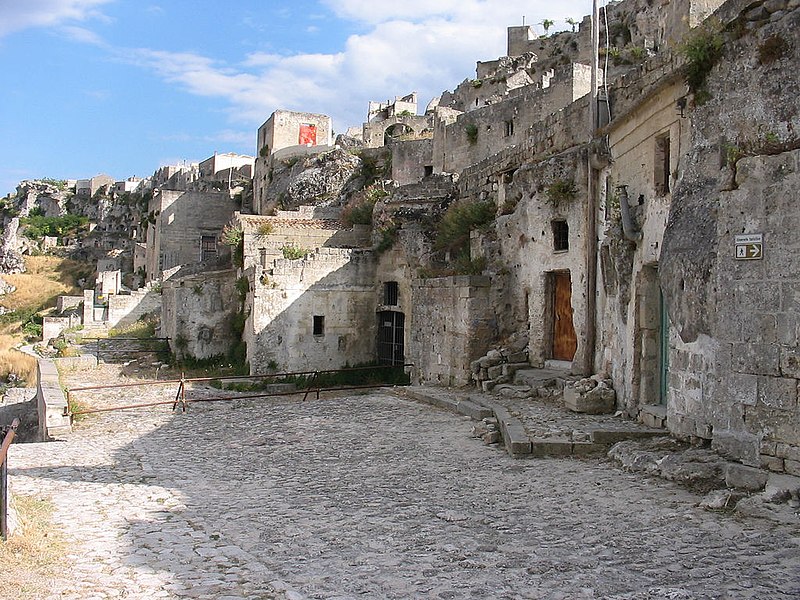
The history of Halloween is steeped rich in pagan customs, traditions and rituals. While the roots of this holiday can be dated back to the 5th century BC and Celtic legends, the seed of the holdiay was planted in Greek mythology through the portrayal of the goddesses invoking the Samhain.
The festival of Samhain is a celebration of the end of the harvest season in Gaelic culture and was a time used by the ancient pagans to take stock of supplies and prepare for the winter season.
Brief History of Halloween:
The word itself, "Halloween," actually has its origins in the Catholic Church. It comes from a contracted corruption of All Hallows Eve. November 1, "All Hollows Day" (or "All Saints Day"), is a Catholic day of observance in honor of saints. But, in the 5th century BC, in Celtic Ireland, summer officially ended on October 31. The holiday was called Samhain (sow-en), the Celtic New year.
One story says that, on that day, the disembodied spirits of all those who had died throughout the preceding year would come back in search of living bodies to possess for the next year. It was believed to be their only hope for the afterlife. The Celts believed all laws of space and time were suspended during this time, allowing the spirit world to intermingle with the living.
Naturally, the still-living did not want to be possessed. So on the night of October 31, villagers would extinguish the fires in their homes, to make them cold and undesirable. They would then dress up in all manner of ghoulish outfits (similar to today's Halloween Costumes, and noisily parade around the neighborhood, being as destructive as possible in order to frighten away spirits looking for bodies to possess.
For more explanations and legends, please visit: http://wilstar.com/holidays
Halloween Superstitions:
Halloween superstitions are fairly modern concepts with a trace of ancient inferences. The following superstitions are mainly recognized during the Halloween holiday:
- Black Cats - Often used as symbols of bad luck, black cats grace many Halloween decorations. The black cat's bad reputation dates back to the Dark Ages, when witch hunts were commonplace. Elderly, solitary women were often accused of witchcraft, and their pet cats were said to be their "familiars," or demonic animals that had been given to them by the devil.
- Bats - Medieval folklore also described bats as witches' familiars, and seeing a bat on Halloween was considered to be quite an ominous sign. One myth was that if a bat was spotted flying around one's house three times, it meant that someone in that house would soon die. Another myth was that if a bat flew into your house on Halloween, it was a sign that your house was haunted because ghosts had let the bat in.
- Witches - The stereotypical image of the haggard witch with a pointy black hat and warty nose stirring a magical potion in her cauldron actually stems from a pagan goddess known as "the crone," who was honored during Samhain. The crone was also known as "the old one" and the "Earth mother," who symbolized wisdom, change, and the turning of the seasons. Today, the kind, all-knowing old crone has morphed into the menacing, cackling witch.
- Halloween Colors - The traditional Halloween colors of orange and black actually stem from the pagan celebration of autumn and the harvest, with orange symbolizing the colors of the crops and turning leaves, while black marks the "death" of summer and the changing season. Over time, green, purple and yellow have also been introduced into the color scheme of Halloween decorations.
- Candy Corn - The candy most synonymous with Halloween, candy corn was invented in the late 1880s and began to be mass-produced in the early 1900s. The original process for making candy corn was cumbersome and time-consuming, as each color of syrup had to be heated up in large vats and carefully poured by hand into specially shaped molds. But the yellow, orange and white candy — meant to resemble a corn kernel — was a huge hit and remains a popular part of Halloween to this day.
For more information about Halloween Superstitions, please visit: http://www.livescience.com/16677-halloween-superstitions-traditions.html
Halloween Legends:
There are various legends associated with the holiday known as Halloween and many believe certain things can transpire if precautions are not taken. Here are just a few of those legends:
- A burning a candle inside a jack-o-lantern on Halloween keeps evil spirits and demons at bay.
- Gazing into a flame of a candle on Halloween night will enable you to peer into the future.
- Girls who carry a lamp to a spring of water on this night can see their future husband in the reflection.
- If a candle suddenly goes out by itself on Halloween, as though by breath or wind, it is believed that a ghost has come to call.
For more information on Halloween legends, please visit http://www.theholidayspot.com.htm
~ ~ ~ ~ ~ ~ ~ ~ ~ ~ ~ ~ ~ ~ ~
Today, Halloween is mainly recognized by Western Christians, but is celebrated worldwide by many non-Christians as well. From trick or treating to eerie adult activities, Halloween - which is relatively new to America, becoming popular in the early 1900's - is commonly the most celebrated holiday, next to Christmas. This holiday, which received its beginnings from paganistic ideals, has been converted into a day filled with pranks, satisfying the sweet tooth and a fun-filled expectation of celebrating in disguise.
HAPPY HALLOWEEN!









